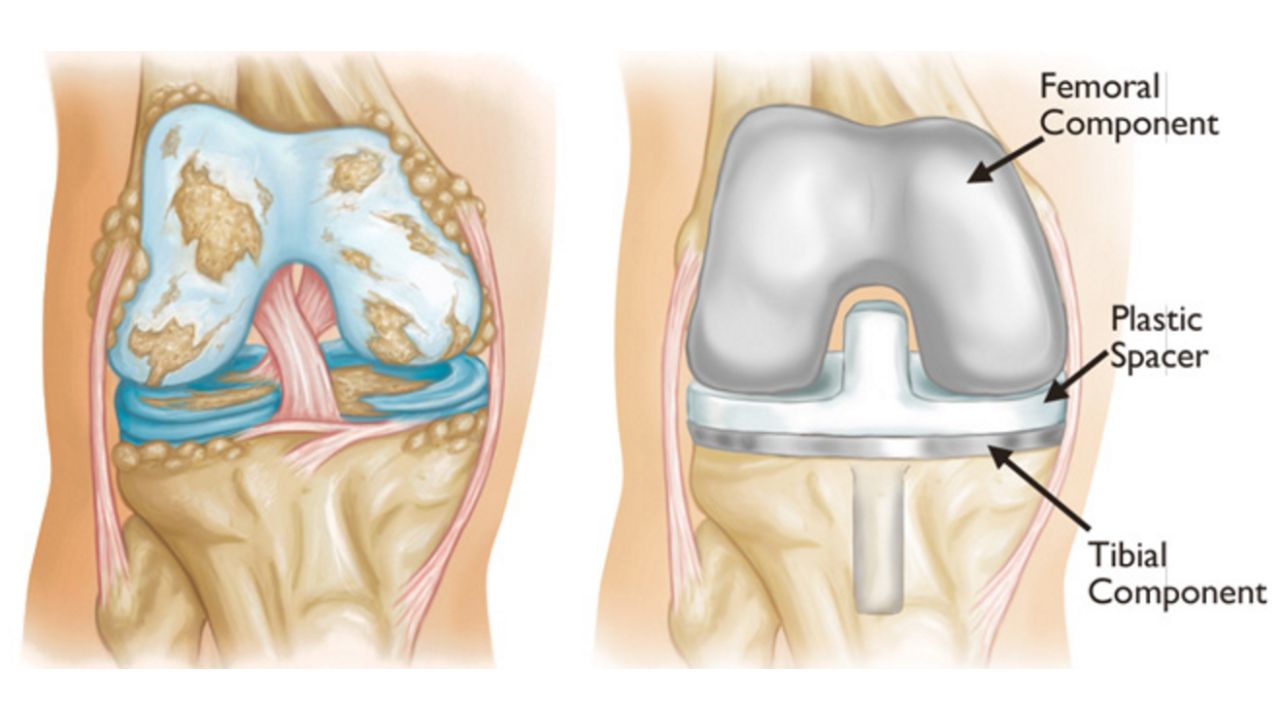
Arthroplasty / Joint Replacement

Any type of damage to your joints (from injury or disease) can create joint pain and limit your movement. Many different conditions can cause joint pain, including but not limited to:
- Sprains and strains
- Fractures and other injuries
- Conditions like gout and bursitis
- Rheumatoid and osteoarthritis
- Post-traumatic arthritis (arthritis that develops following a joint injury)
Joint pain is very common and becomes an even more common occurrence as we age. If chronic joint pain is slowing you down, schedule an appointment to find out what is causing your pain and discuss your treatment options.
Your Joint Pain Treatment Options
Depending on the cause of your joint pain, there are many treatment options available to you.
Conservative treatment options include, but are not limited to:
Medication
Medications such as anti-inflammatory drugs and muscle relaxants may be prescribed to alleviate your pain.
Physical Therapy and Exercise
The application of a targeted exercise program can help to strengthen and stabilize the muscles around your painful joint, improving your range of motion. It can also help with weight loss, which limits the pressure you put on your joints through daily weight-bearing activities
If conservative treatment is not successful, you would likely proceed to interventional methods or joint injections. The most common joint injections both seek to alleviate pain and increase the range of motion.
They are:
Steroid Injections
Steroid injections are used to treat inflammation, arthritis, and joint disease.
Hyaluronic acid injections
Also referred to as viscosupplementation, hyaluronic acid injections are used to treat osteoarthritis (most commonly in the knee).
Finally, there are 2 main surgical options for dealing with joint pain:
Arthroscopic Surgery
Arthroscopic surgery (or joint scope) is a minimally invasive surgical option which uses a small incision and arthroscope to view and operate on a damaged joint. In cases of joint pain, arthroscopic surgery can be used to clean out or repair the damaged area of the joint.
Joint Replacement
If the joint is damaged beyond repair, the final option is a joint replacement, which removes and replaces all or part of the damaged joint with an implant such as
- Partial knee replacement
- Total knee replacement
- Total hip replacement
- Total shoulder replacement
- Reverse shoulder replacement
TOTAL KNEE REPLACEMENT



